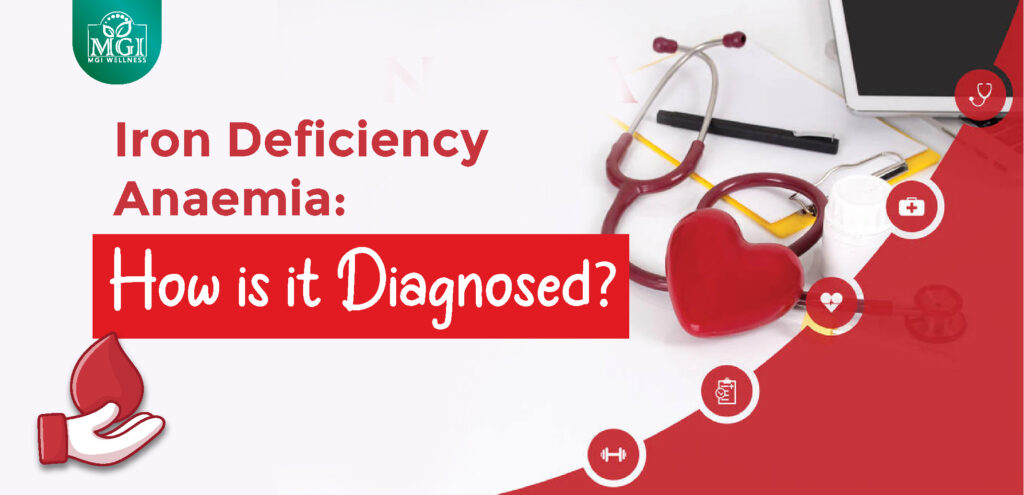Wellness
Iron Deficiency Anaemia: How is it diagnosed?
Iron is a mineral essential to health and plays an important role in the formation of haemoglobin, which is a protein in red blood cells that helps to carry oxygen throughout the body. Lacking of iron in the body may lead to Iron deficiency anaemia, a condition whereby the body lacks of iron it needs to form haemoglobin.
How is iron deficiency anaemia diagnosed?
Your doctor will usually run some blood tests before the diagnosis. Here are some of the common tests ordered by the doctors:
- Complete blood count (CBC)
The CBC test includes a few parameters to measure the blood levels. This includes haemoglobin levels, number of red blood cells, size of red blood cells (mean corpuscular volume MCV), number of white blood cells and platelet count. The main parameter that the doctor always look at is the haemoglobin levels. Different gender and age has different reference range for haemoglobin levels. If most of the parameters especially haemoglobin is low, your doctor may recommend another test called Haemoglobin Electrophoresis (HBEP), which is a more detailed test to help diagnose anaemia.
- Peripheral blood film (PBF)
For PBF, your blood sample is examined and analysed under the microscope to check for any abnormal red blood cells and to see the size of the cells. They may look pale and smaller than normal if you have anaemia.
- Haemoglobin Electrophoresis (HBEP)
The HBEP test is a more detailed test to determine the type of anaemia and to rule out other haemoglobin disorders such as thalassemia and sickle cell disease.
- Serum iron test
This test is a measurement of the iron levels in your blood. Low iron levels may indicate iron-deficiency anaemia. This test is usually ordered along with Total Iron Binding Capacity (TIBC) or transferrin test.
- Total Iron Binding Capacity (TIBC)
This test is usually done with serum iron test to determine the binding capacity of iron to your blood cells by measuring the number of transferrin, a protein that attaches and transports iron, that is not carrying iron. Thus, if you have low iron levels, your TIBC would be high.
- Serum ferritin
This test is a measurement of the amount of iron stored in your body cells. It can help detect early iron deficiency. The serum ferritin test would show abnormal results before serum iron test.
All in all, once iron deficiency anaemia is confirmed through these blood tests, your doctor will usually prescribed iron supplements as treatment and fixed follow up appointments to see its effectiveness.
References:
- Lab tests for anaemia [Internet]. Anaemia. [cited 2022Jun24]. Available from: https://labtestsonline.org.uk/conditions/anaemia
- Frank Firkin BR. Interpretation of biochemical tests for iron deficiency: Diagnostic difficulties related to limitations of individual tests [Internet]. NPS MedicineWise. [cited 2022Jun24]. Available from: https://www.nps.org.au/australian-prescriber/articles/interpretation-of-biochemical-tests-for-iron-deficiency-diagnostic-difficulties-related-to-limitations-of-individual-tests
Hemoglobin electrophoresis: Medlineplus medical test [Internet]. MedlinePlus. U.S. National Library of Medicine; [cited 2022Jun24]. Available from: https://medlineplus.gov/lab-tests/hemoglobin-electrophoresis/#:~:text=Hemoglobin%20electrophoresis%20measures%20hemoglobin%20levels,disease%2C%20and%20other%20hemoglobin%20disorders.


I believe this site contains some real great information for everyone : D.